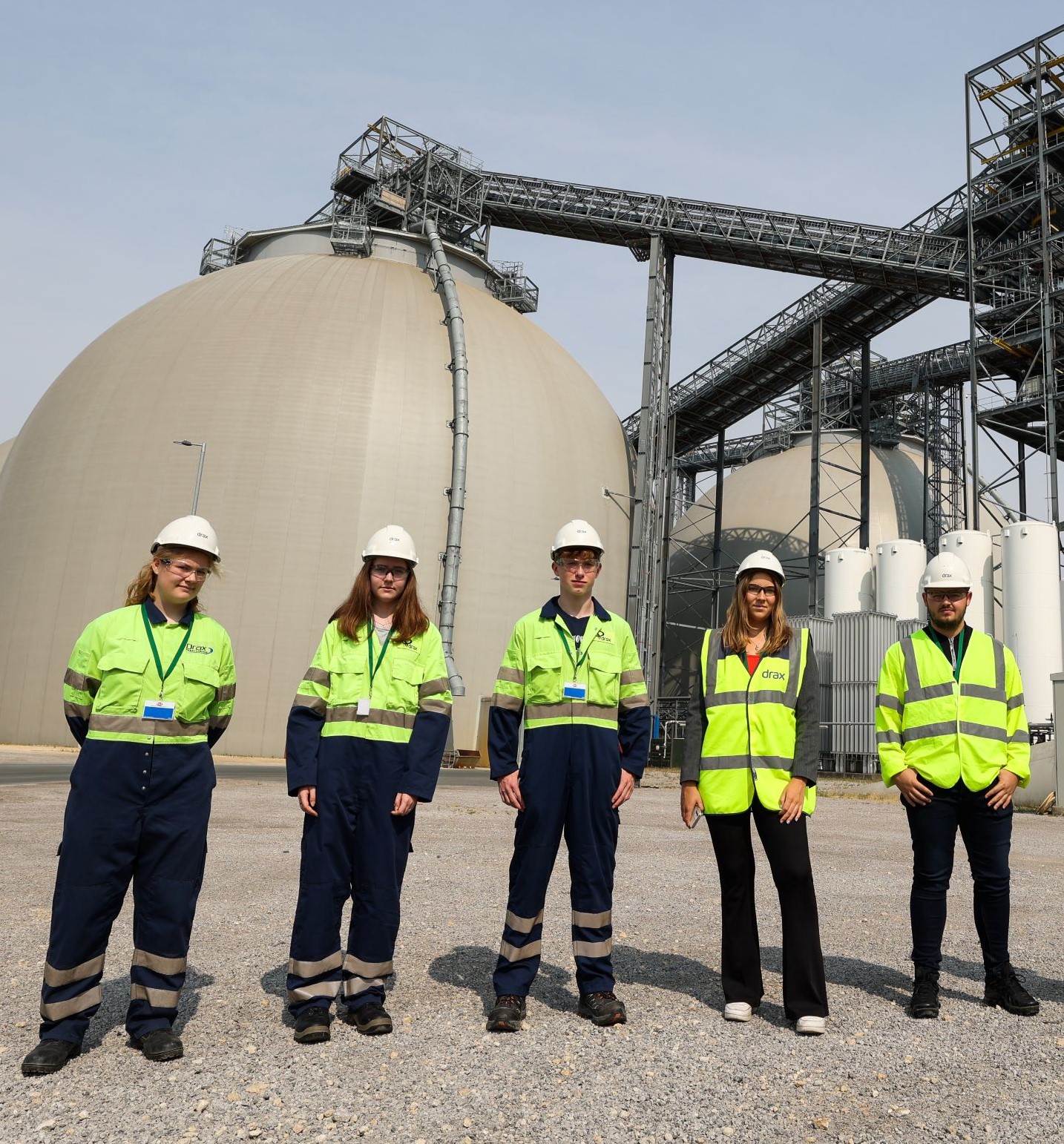
This is the first time Drax has run its in-person work experience programme since March 2020 when the company had to stop all in person educational activity, including visits and work experience, due to Covid restrictions.
The programme gives students the opportunity to work alongside highly trained staff, observe practical tasks and ask questions to improve understanding and help them decide if a Science, Technology, Engineering and Maths (STEM) career is right for them. Students who took part could choose from a variety of business areas including engineering, IT, finance, and facilities.
Abigail Cheney, who is in Year 10 at school, spent a week at Drax Power Station shadowing engineers and getting an insight into what working for the energy company is like.
She said:
“I’m really glad I took part in the Drax work experience programme. The work I did during the week was really interesting and gave me an insight into what a career in engineering could be like. The atmosphere in the department was really nice, everyone was so friendly and made me feel included. Overall, it was an amazing opportunity which expanded my knowledge and gave me a better idea of the sector I want to work in in the future.”
Danny Adams, who is in Year 12 at school, also spent a week at Drax working with colleagues in the finance department.
He said:
“My work experience week at Drax was amazing. It was a great opportunity for me to explore the area of work I’m interested in which is finance. I worked with some fantastic people who made me feel comfortable and like part of the team. I especially enjoyed the site tour. The week has been great for helping me get to know new people and socialise whilst gaining new skills on the job. I would definitely look into applying for a role at Drax in the future.”
Bruce Heppenstall, Plant Director, said:
“We work closely with schools in our communities to inspire young people from all backgrounds to study STEM subjects, so the next generation has the education and skills needed to support businesses like ours as we continue to develop and grow.
“We’re pleased to be able to offer in-person work placements at our sites again and hope that this will give students a valuable insight into the world of work and spark an interest in STEM subjects.”
Drax welcomed 26 work experience students across its sites in the UK, including Cruachan Power Station in Scotland. At the end of the week, each student was presented with a certificate of achievement and a £100 Amazon voucher to spend on books and educational resources.
Prior to attending the five day in-person work experience, all students completed a two-day virtual work experience, which introduced them to career opportunities at Drax and gave them the opportunity to improve their employability skills, through activities such as CV coaching and interview practice.
More information about work experience at Drax is available on the website.
Drax runs a variety of initiatives to support STEM education and skills including offering power station tours and running interactive workshops for students.
ENDS
Photo caption: Work experience students Abigail Cheney, Victoria Adkin, Ethan Jarrett, Laura Hull and Danny Adams in front of the biomass domes at Drax Power Station
Media contacts:
Megan Hopgood
Communications Officer
E: [email protected]
T: 07936 350 175
Notes to editors:
Drax first introduced virtual work experience in June 2020 when it was unable to run its usual on-site work experience programmes due to Covid restrictions and decided to continue the programme after receiving a positive response from those who took part.
Students who took part in Drax’s virtual work experience programme aged 14-18 could choose from a variety of different business areas and sites to do the in-person week of their placement. The programme provides an opportunity to learn about the renewable energy company, focusing on developing employability skills and learning about their business area through practical experience and conversations with employees.
Offering work experience virtually also enables more students to participate from across England and Scotland, who may previously have found it difficult to take part, due to barriers preventing their attendance, such as geography, opportunity, and economic factors.
About Drax
Drax Group’s purpose is to enable a zero carbon, lower cost energy future and in 2019 announced a world-leading ambition to be carbon negative by 2030, using bioenergy with carbon capture and storage (BECCS) technology.
Drax’s around 3,000 employees operate across three principal areas of activity – electricity generation, electricity sales to business customers and compressed wood pellet production and supply to third parties. For more information visit www.drax.com
Power generation:
Drax owns and operates a portfolio of renewable electricity generation assets in England and Scotland. The assets include the UK’s largest power station, based at Selby, North Yorkshire, which supplies five percent of the country’s electricity needs.
Having converted Drax Power Station to use sustainable biomass instead of coal it has become the UK’s biggest renewable power generator and the largest decarbonisation project in Europe. It is also where Drax is piloting the groundbreaking negative emissions technology BECCS within its CCUS (Carbon Capture Utilisation and Storage) Incubation Area.
Its pumped storage, hydro and energy from waste assets in Scotland include Cruachan Power Station – a flexible pumped storage facility within the hollowed-out mountain Ben Cruachan.
The Group also aims to build on its BECCS innovation at Drax Power Station with a target to deliver 4 million tonnes of negative CO2 emissions each year from new-build BECCS outside of the UK by 2030 and is currently developing models for North American and European markets.
Pellet production and supply:
The Group has 17 operational pellet plants and developments with nameplate production capacity of around 5 million tonnes a year.
Drax is targeting 8 million tonnes of production capacity by 2030, which will require the development of over 3 million tonnes of new biomass pellet production capacity. The pellets are produced using materials sourced from sustainably managed working forests and are supplied to third party customers in Europe and Asia for the generation of renewable power.
Drax’s pellet plants supply biomass used at its own power station in North Yorkshire, England to generate flexible, renewable power for the UK’s homes and businesses, and also to customers in Europe and Asia.
Customers:
Drax supplies renewable electricity to UK businesses, offering a range of energy-related services including energy optimisation, as well as electric vehicle strategy and management.
To find out more go to the website www.energy.drax.com








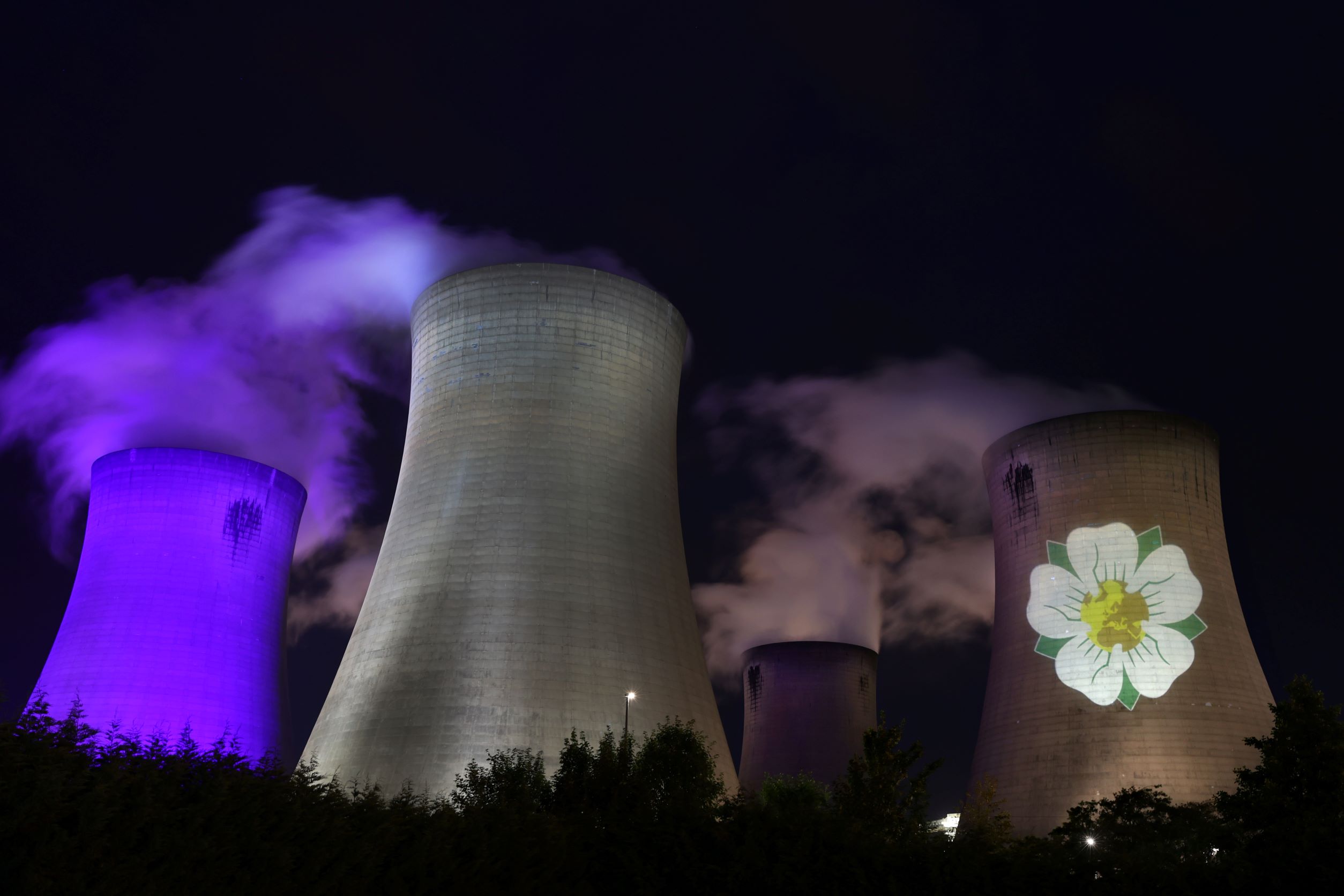
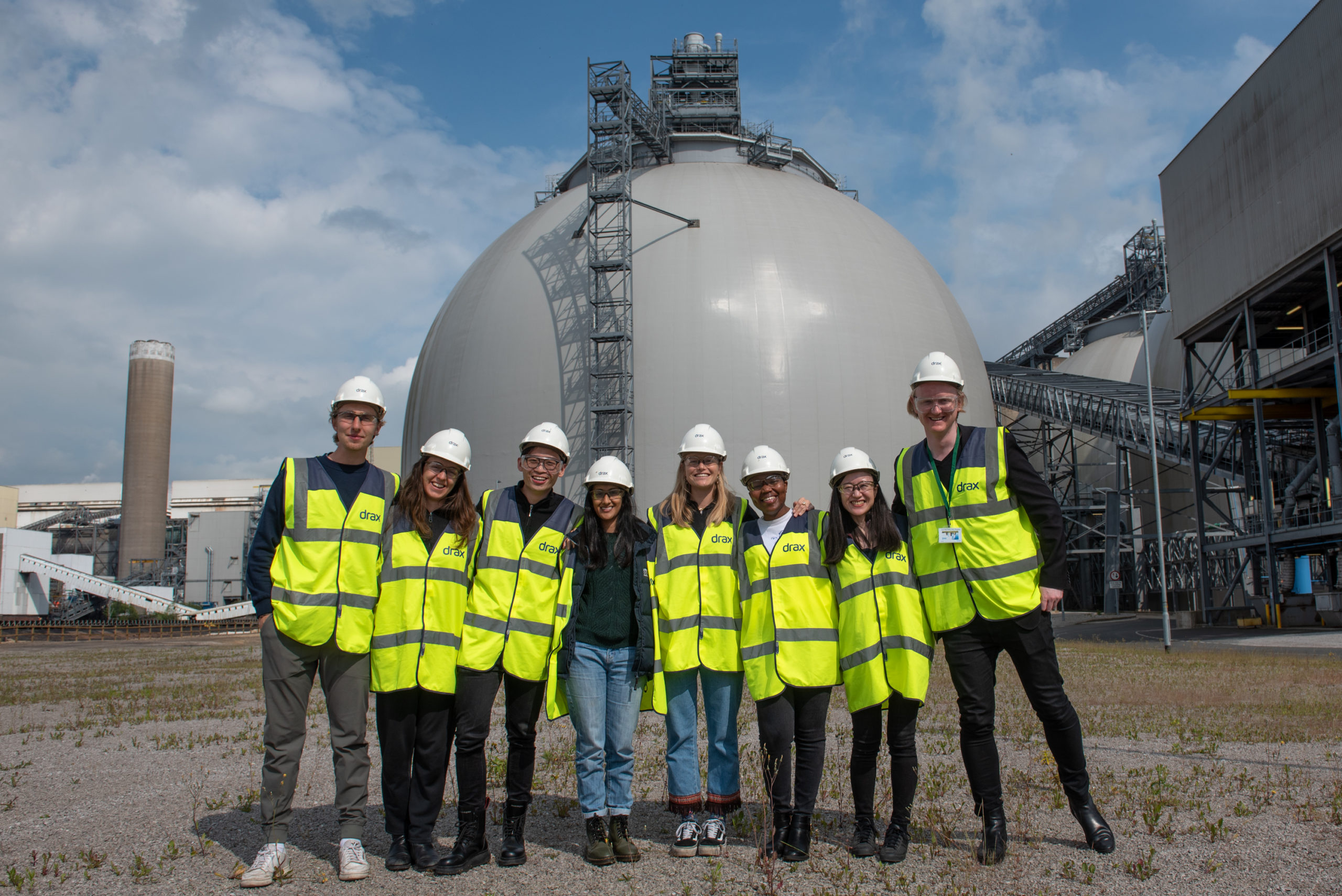

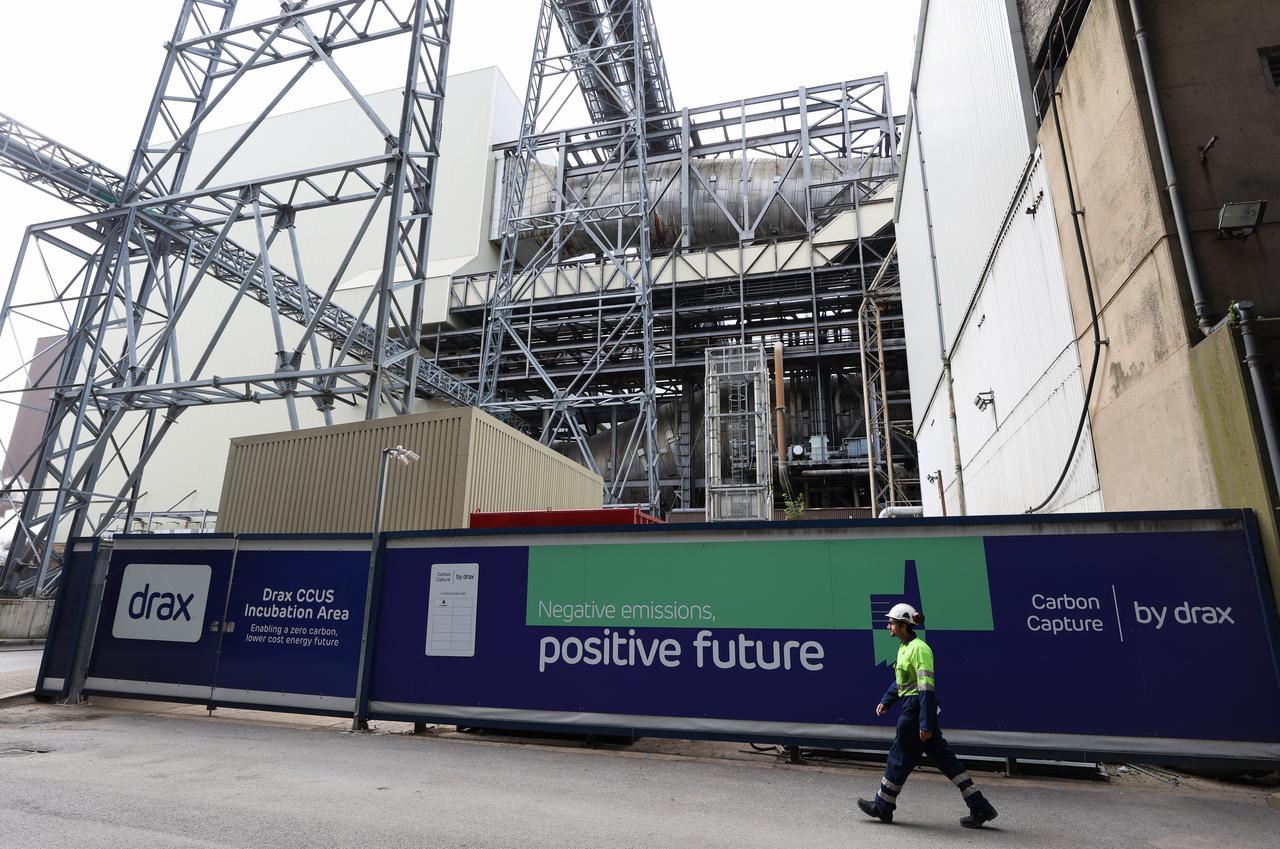
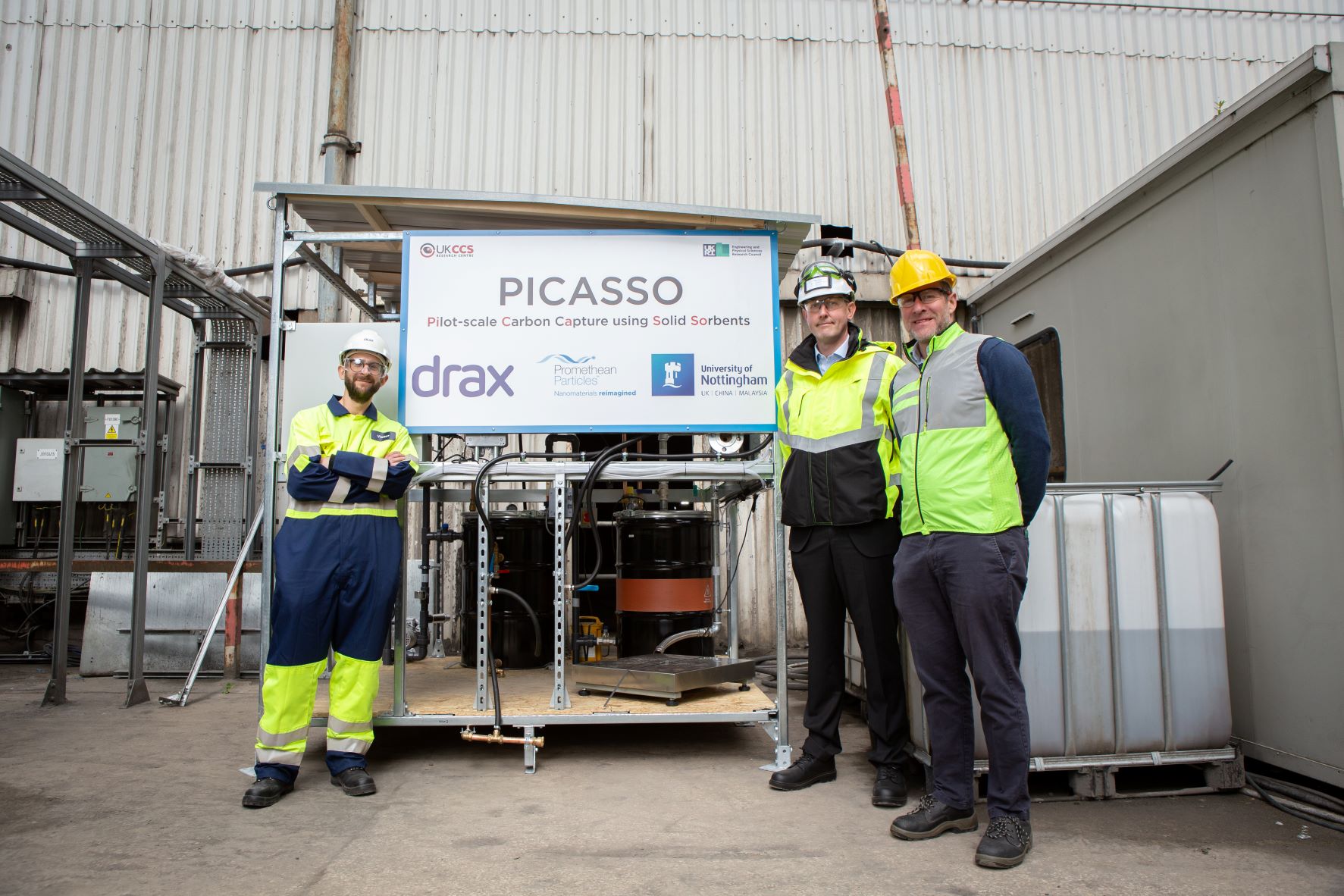
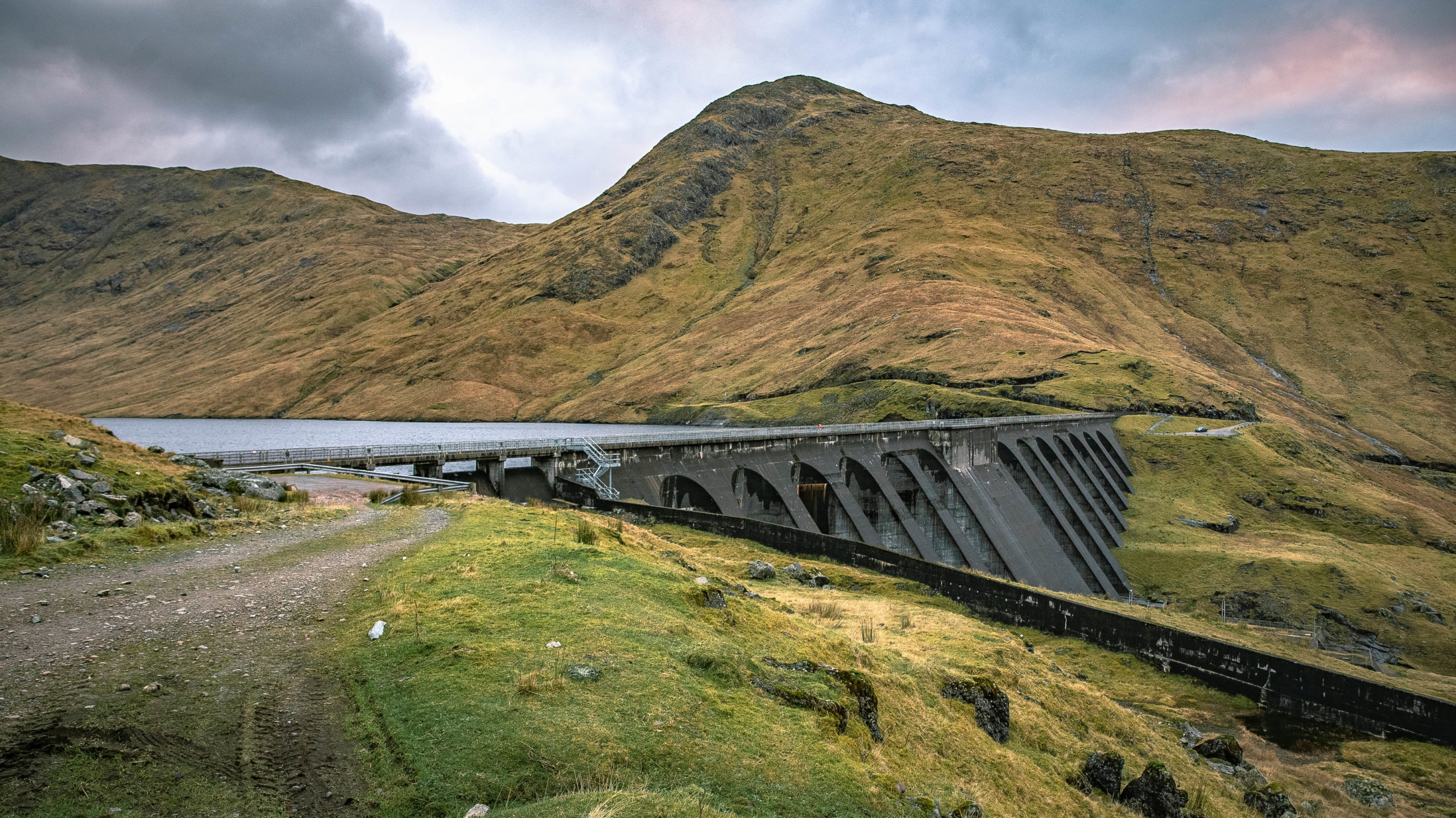


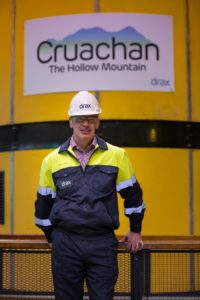
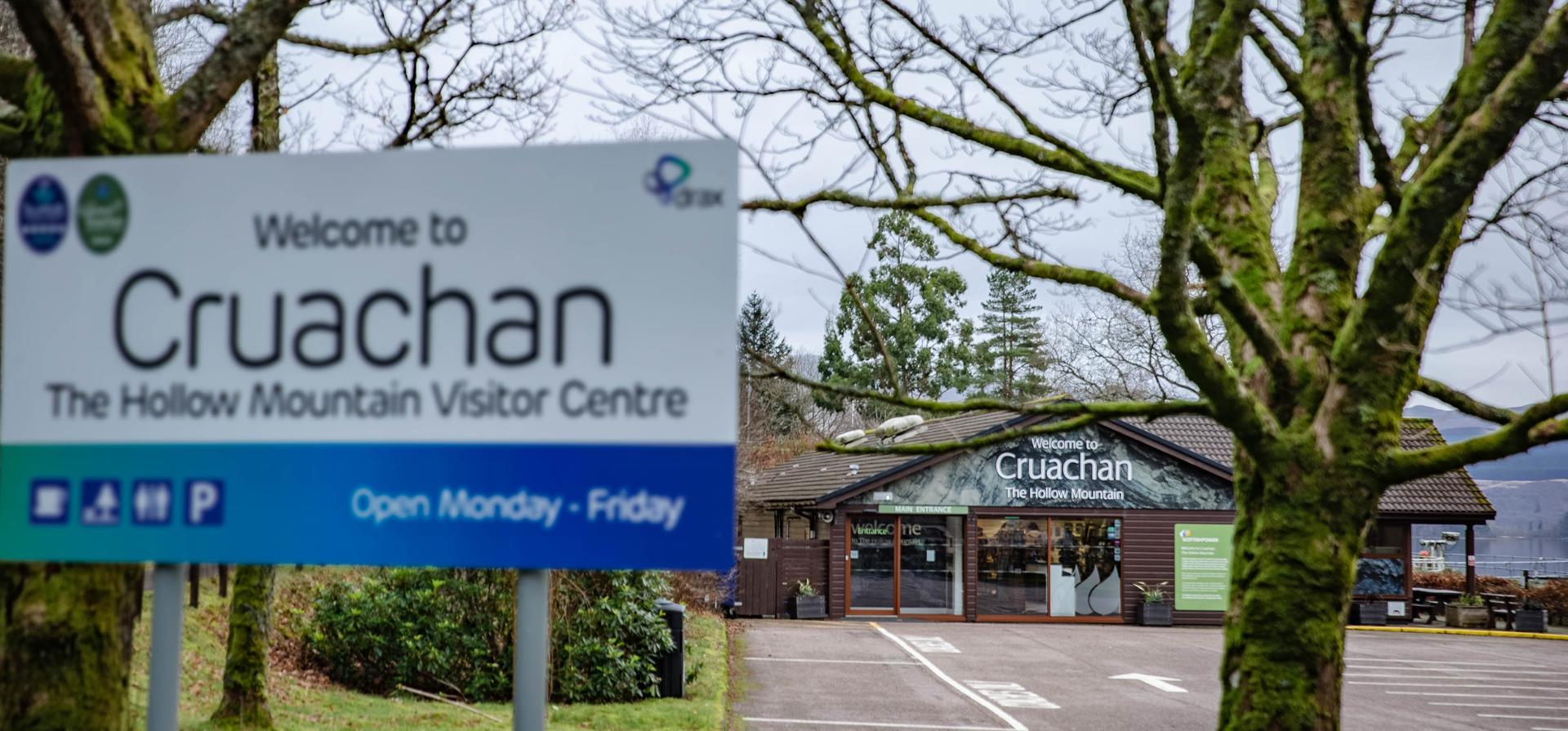
 Cruachan, learning about how important this unique power station is in supporting the Scottish energy system and the critical role it plays in keeping the power grid safe and stable.
Cruachan, learning about how important this unique power station is in supporting the Scottish energy system and the critical role it plays in keeping the power grid safe and stable.